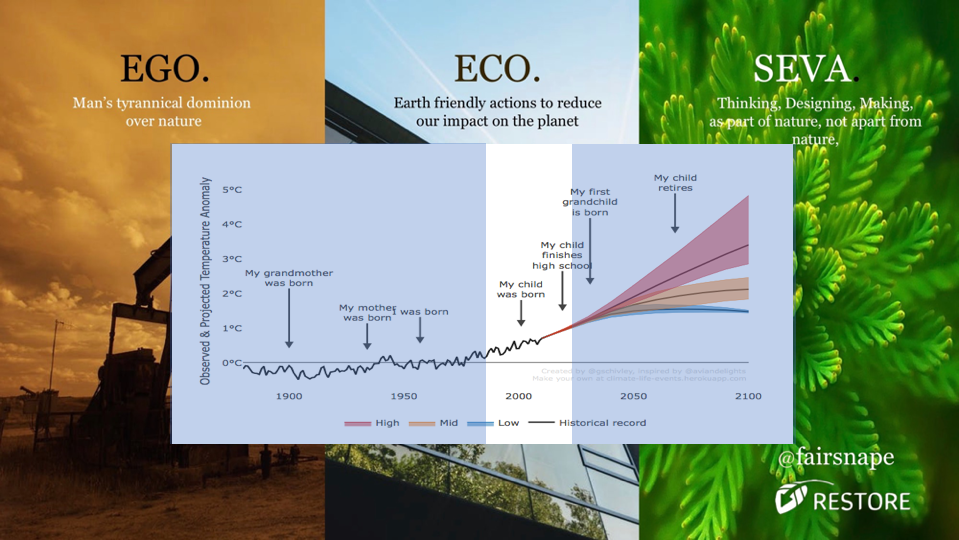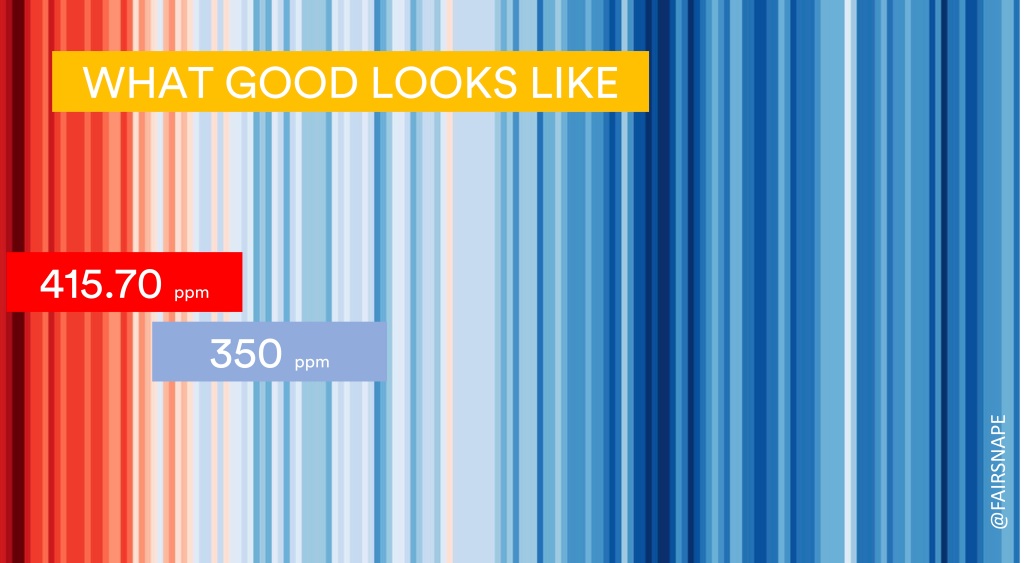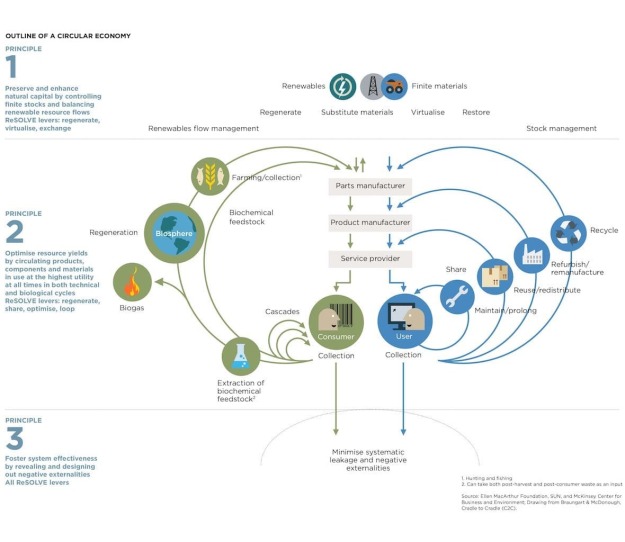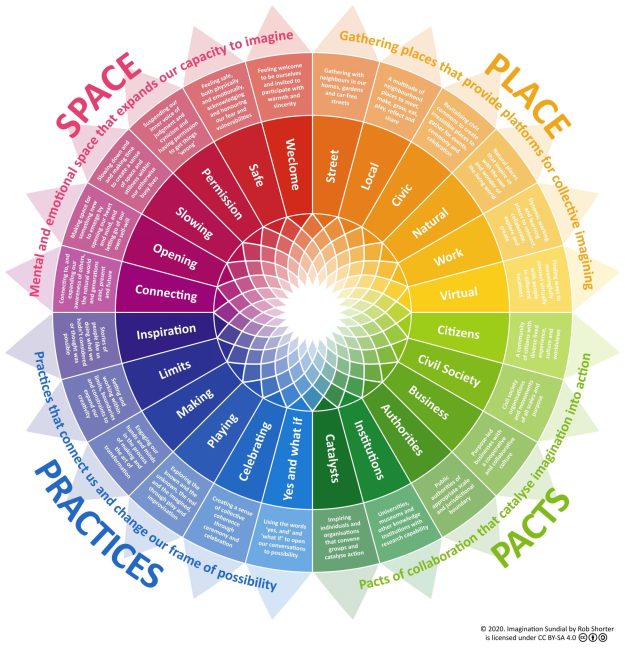
This was an early access post for Regenerator Patrons.
Here are nine regenerative graphics and charts that have shaped, and are shaping, my sustainability thinking and may inspire others., There are a number that I have created, inspired by regenerative thinking from others. Some concepts are a few years old now and well established but remain very powerful, others new, inspirational and provide deeper insights into regenerative sustainability
For a Regenerative Worldview.We may (or may not) have left behind our Ego worldview, but in the Eco era (since Brundtland when we pledged not to compromised tomorrows generation) our key indicators are still heading in the wrong direction. A new mindset and approach, Seva, that sees our relationship and responsibilities as part of the planetary eco systems, not apart from. A worldview, whilst still core to indigenous cultures, is necessary to embrace actions needed to address the climate and ecological emergency we find ourselves in. (More)

For Regenerative Sustainability.It was Yvon Chouinard who said we should not use the word sustainability until we are giving more back than we take. This format appeared in FutuREstorative, based on many similar, earlier graphics, illustrates sustainability as a bridge, a tipping point between being degenerative and regenerative approaches to sustainability and economics. (More)

For Regenerative Climate– The warming stripes from Ed Hawkins visualising temperature differences have become a powerful image in understanding climate change and hence recognition of climate crisis. I have reversed the stripes to encourage discussion on regenerative approaches we need to reverse temperature increases – and get back to safe levels. (more)

For Regenerative Practitioners– The regenerative practitioner framework that commences with self actualising, something more and more regenerative built environment projects are embracing as they kick off, ensuring all project members are in the ‘regenerative’ mindset. (More)

For Regenerative Resources and Materials. This butterfly diagram, illustrating the Circular Economy approach from the Ellen MacArthur Foundationhas been called the most important diagram for sustainability.

For Regenerative Wellbeing… the New Economics Foundation five key elements to wellbeing, connecting, being active, taking notice, learning, and giving.
ForRegenerative Communities.This excellent colourful graphic captures the vital elements in Rob Hopkins From What is to What If book, along with a very good dose of Transition Town thinking …

Regenerative Economics. Kate Raworth’s Doughnut Economics has captured the zeitgeist of the moment as we seek meaning in regenerative economics aligned to regenerative sustainability. Moving away from degenerative economics where ‘growth and development is linked to increasing consumption of finite resources’.
For Regenerative Futures. A summary of Roman Krznaric recent inspirational new book The Good Ancestor: How To Think Long Term in a Short-Term World (graphic: Nigel Hawkin)



